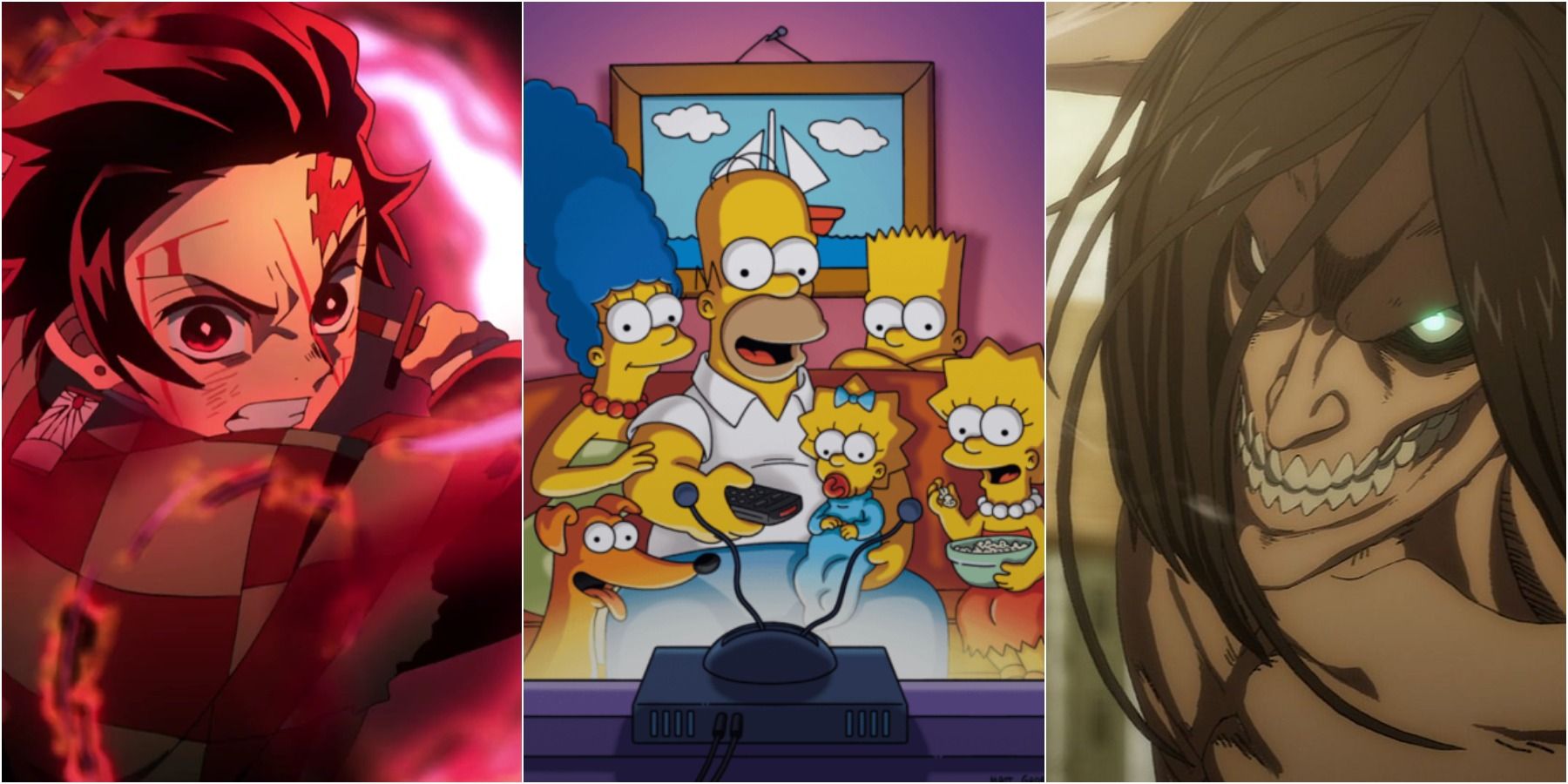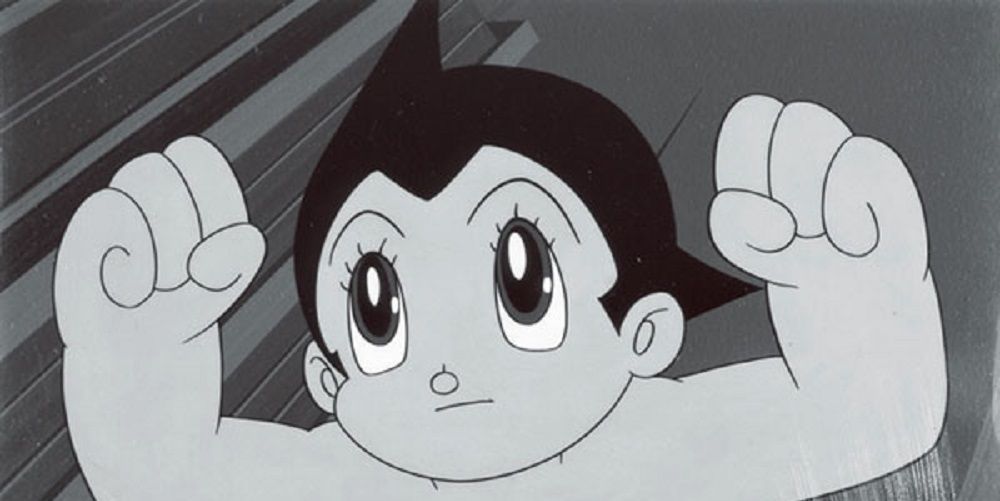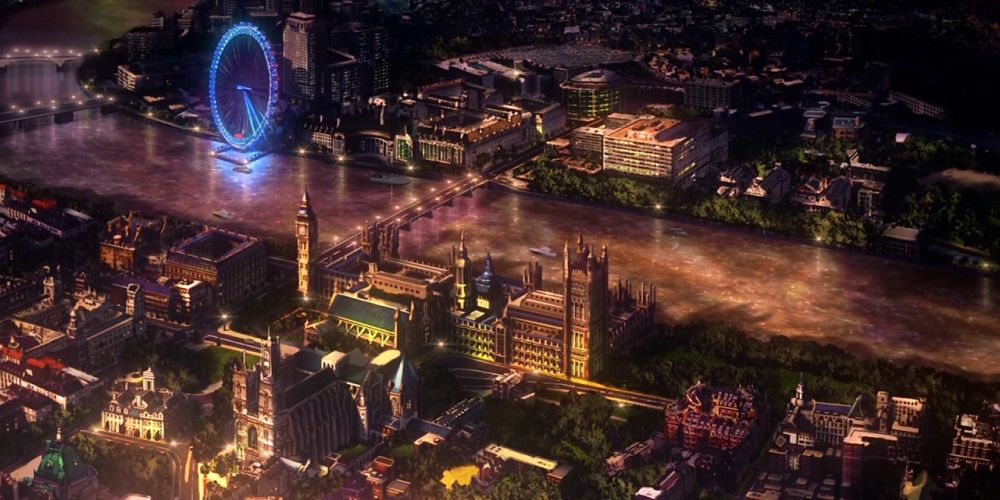Anime and cartoons are both sub-genres of animation, which is generally a two-dimensional or three-dimensional representation of a set of characters following a specific plot. However, both forms of animations are sometimes misinterpreted to mean the same thing.
While cartoons are popular among kids due to their humor-filled storylines, anime offers more options, including mature themes that appeal to the older generation. Regardless, there are still salient differences between the two animation styles that can be pointed out.
The Brief History of Cartoons and Anime
Tracing both concepts back to the annals of history makes it clear that their origin differs. First off, the origin of anime is closely tied to Japan – the opposite of cartoons, which have western origins. Japanese animated productions emerged in the latter part of the 20th century, and the animations produced by these companies were termed "anime." The animation style of this sub-genre varied from short films to seasonal television series.
On the other hand, the origin of cartoons can be linked to a much older date: 1499, when it was used as a study guide for a model or painting. The cartoon is a two-dimensional art, and it is derived from the word “Karton," which means strong or heavy paper. Compared to cartoons, anime closely mirrors reality and possible occurrences in the real world but in an exaggerated form.
Another pointer to the difference between anime and cartoons is the art style. Since most anime are based on manga, the art style is usually detailed. Anime series like Fate, Jojo Bizarre Adventures, and Attack on Titan reflect their production studio’s deliberate effort to make every detail count. As a result, facial expressions are easily deducible. An enjoyable anime usually catches the attention of the viewer by sometimes using exaggerated expressions.
Does Anime Have Better Background Design and Plot?
Facial expressions aside, the background and environmental designs of anime are much clearer compared to some cartoon designs. Although there are cartoons, such as Avatar: The Last Airbender, that put a lot of effort into landscape design; however, anime still has a better grasp of this concept. It is even debated that anime is one of the major causes of the change in cartoon art styles from the early 2000s.
The hero-villain concept is another differentiating factor between the two sub-genres of animation. In cartoon-based storylines, there are unspoken rules regarding the role of a hero or a team of heroes. One common premise of cartoons is that most teams of heroes have few female leads. A striking illustration is the main members of the Justice League from DC. In the cartoon, Wonder Woman is the only significant female lead that’s a hero in a team of male heroes. Ultimately, anime breaks this bias. In anime, a hero or team of heroes can be girls or even non-human entities ranging from creatures like dragons to slimes.
Regarding villains, cartoons usually portray them in a simplistic manner, such as being evil-looking or disfigured. However, anybody can be the villain in anime, making it interesting and unpredictable. The villain can be the nice neighbor next door or even the quiet kid in class. Ayanakouji from the Classroom of the Elite perfectly embodies the concept of villainy in anime. The sociopathic character often displays a disinterested expression to mask his less-than-ideal intentions in the series. However, it wasn’t until the end of the first season that the anime exposed his inner thoughts, surprising everyone.
Storylines are probably one of the biggest differences between anime and cartoons. A vast number of famous cartoons are usually without any specific storylines. For instance, western cartoons like South Park, the Simpsons, and The Amazing World of Gumball lack specific plot lines, which is understandable because the aim of such shows is to elicit humor. However, with comedy as the goal, anime shows still have better storylines, like One Piece, and Mob Psycho.
With a perfect mix of comedy, action, and adventure, these anime provide a quality experience for fans and viewers alike. Also, most anime storylines reflect creativity and brilliance. Attack on Titan is one such anime. With every season, the main focus of the anime changed in a different direction that most fans could not predict. The reveal of certain information, such as the protagonist's true nature, stunned fans, depicting the well-crafted nature of anime plot lines.
Anime also has much to offer apart from the anime itself. First, the openings are diverse and enjoyable, compared to that of cartoons which are often unremarkable. Second, if you don't like watching a specific anime, you can always check out the manga, the light novel version, or even the live-action, if there's one. Lastly, some anime have their video game adaptations, which you can check out at any time. Cartoons may be older than anime, but anime is definitely a broader franchise that consists of a variety of shows you can choose from, depending on your preference.



